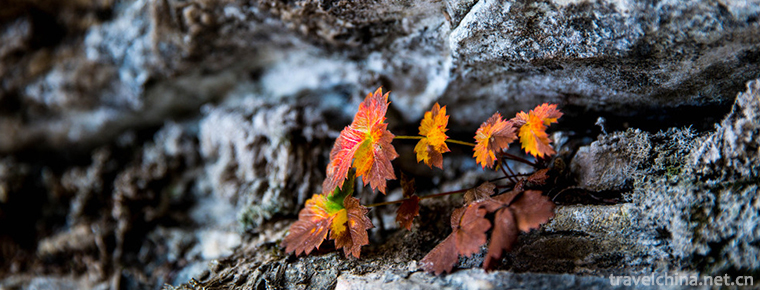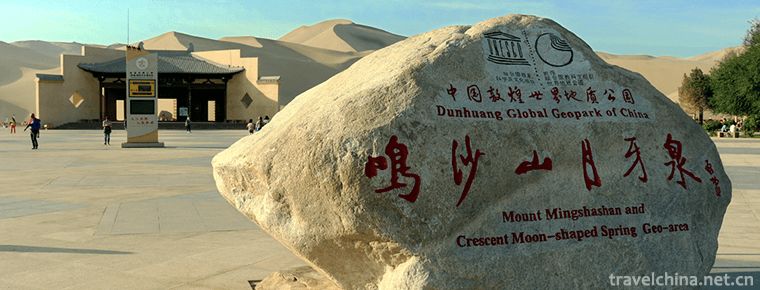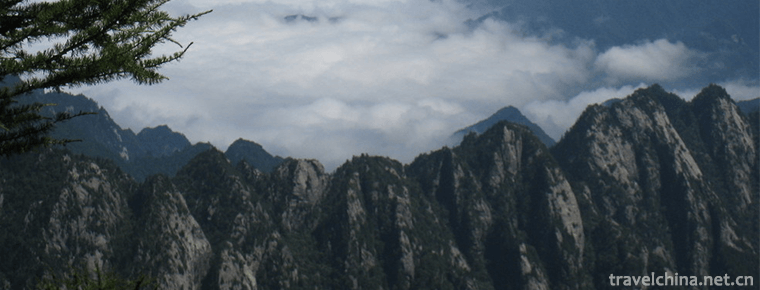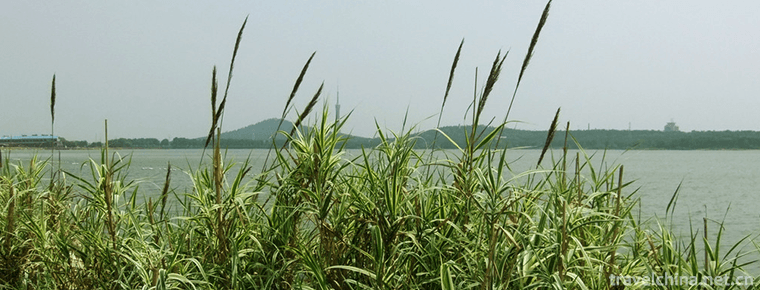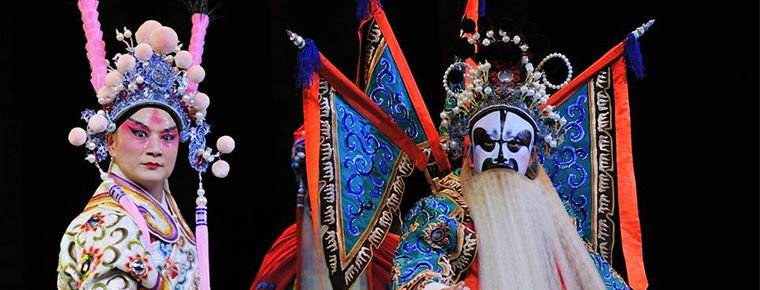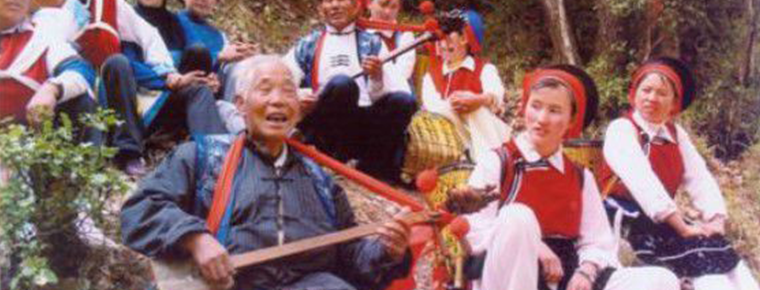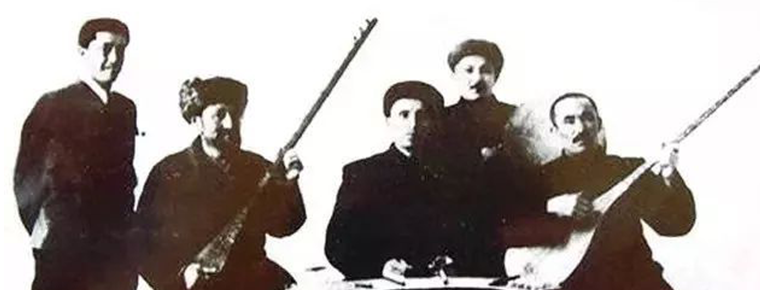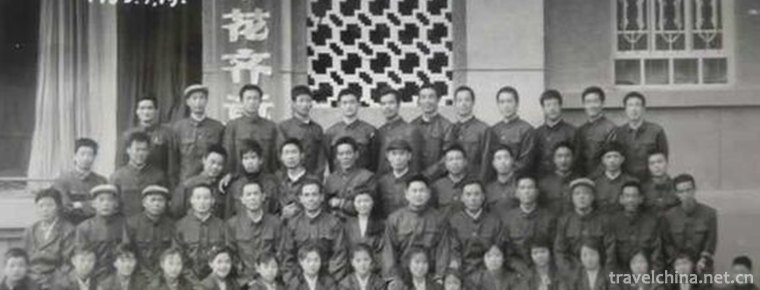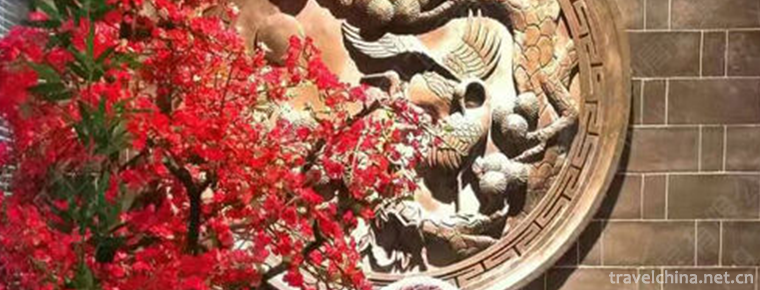Tiger dance shua laohu
Tiger dance shua laohu
Tiger dance, also known as "playing tiger" ("playing" Jiaozuo dialect refers to "playing" and "performing"), is said to have appeared in the Western Han Dynasty and spread in the middle reaches of the Yellow River. Jiaozuo "playing tiger" dance can be traced back to the Ming Dynasty. Jiaozuo's ancestors were inspired by tiger's boldness and action of Teng, Jump, Push and Lie. They created and compiled the traditional folk dance of tiger dance, also known as "playing tiger", with tiger's vigor, agility, vigor and dignity, integrating with local cultural characteristics, or martial arts, or sacrifice, or interpretation of local stories.
The tiger dance in Xizhou Village originated from the activities of sacrificial Association in Ming Dynasty. It went through five stages: emergence, development, decline, recovery and revitalization. From the end of Qing Dynasty to the beginning of the Republic of China to the 1930s, it was the first flourishing period. At that time, tiger dancing was combined with martial arts. Then it was inspired by traditional operas and folklore to strengthen its plot and interest, to compile the performance of instrument fighting tigers, and to arrange tiger table, chair and tower performances according to the characteristics of tiger's bravery and skillful climbing, so as to make tiger dancing in the village in a regular way. Mould and performance skills have been greatly improved, and many excellent performers have emerged. After the War of Resistance Against Japan, it gradually declined; after liberation, it gradually recovered; and in the 1990s, with the tide of reform and opening up, it has made great progress. From single tiger performance to group tiger performance in the past, personal performance technology has also been greatly improved. It can perform small and delicate performances on the stage and large-scale group tiger performances in the square. Therefore, no matter in artistic appreciation or in setting off a warm atmosphere, it has an irreplaceable role in other folk arts and shows its unique artistic value.
Xiaoshangcun, Zhongzhan, has a strong traditional national culture atmosphere. Tiger dance, a wonderful National culture, is rooted in this fertile land. Xiao Shang Tiger Dance was created by Zhang Shuting, the ancestor of Xiao Shang Village, in Daoguang Period of Qing Dynasty. Zhang Shuting practiced martial arts at an early age and was happy to participate in village temple fairs and festivals and traditional festivals. Around 1850, it combined martial arts with folk dances and folklores, and created the folk dance of "playing tigers". After more than 160 years of inheritance for 10 generations, it has gradually been refined into a classic folk dance composed of six road tiger stands, flat tiger, Hill tiger and mountain tiger. The tiger dance performance is composed of two parts: the honor Bang band and the tiger stand. The basic performing procedure is that in the sound of drum music and fire brass, all kinds of martial arts actors shout for encouragement and play, and then the tiger players with guns enter the arena first, tease the tiger with martial arts routines, and with the surging rhythm, sound of fire brass, the tiger dance makes a flutter, bite, toss and tosses on the arena or on the high platform (hills, mountains). Move, jump and other dangerous movements, and around the field performance, or rapid running, jump, or slowly move its performance scene is magnificent and warm, on-site and off-site echoes, shaking the world. The whole performance was successful in stimulation and oscillation. It was very ornamental and artistic.
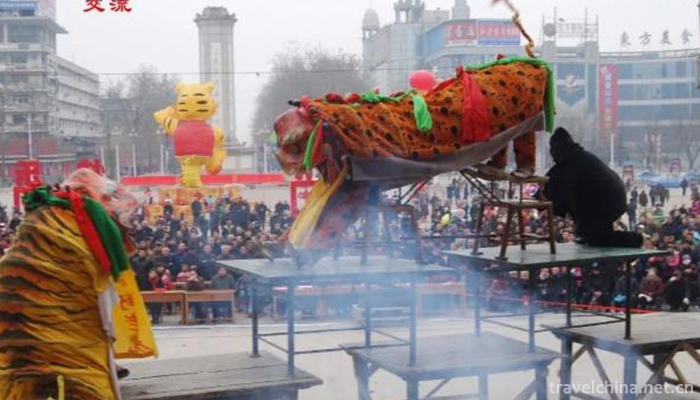
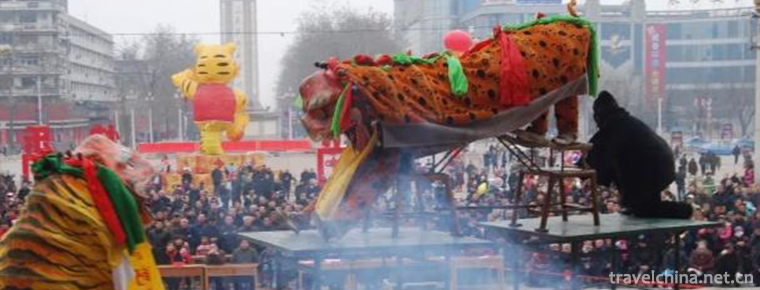
Tiger dance shua laohu
-
Baishishan Scenic Area Baoding City Hebei Province
Baishishan Scenic Area, also known as Baishishan National Geological Park, is called "Xiaohuangshan" because its scenery resembles the Huangshan Mountain in Anhui Province.
Views: 298 Time 2018-11-24 -
Mingsha Mountain Crescent Spring Scenic Area
Mingsha Mountain Crescent Spring Scenic Spot is located 5 kilometers south of Dunhuang City, Gansu Province. It covers an area of 312,000 square kilometers
Views: 94 Time 2018-12-12 -
Taibai Mountain National Forest Park
Taibai Mountain, National AAAAA Tourist Scenic Area, National Forest Park, National Water Conservancy Scenic Area, Ten National Sports Tourism Scenic Spots, Ten Best Holiday Areas of "Beautiful C
Views: 208 Time 2018-12-12 -
The Gu Guan Great Wall
Guguan Great Wall is located in Xinguancun, Pingding County, Shanxi Province, on the western side of Taihang. It starts at Niangziguan Jiayugou in the north and reaches Baihui Village in the south.
Views: 144 Time 2019-01-12 -
Longzi Lake Scenic Area
Longzihu Scenic Area, located in Longzihu District of Bengbu City, Anhui Province, is a national AAAA-level tourist attraction, a national ecological demonstration area and a provincial-level scenic s
Views: 178 Time 2019-02-06 -
Anhui Opera
Hui Opera, one of the local operas in Anhui Province of China, originally known as "Hui Diao" and "Erhuang Diao", originated in the Ming Dynasty and was named Hui Opera after 1949.
Views: 233 Time 2019-05-04 -
Jianchuan Opera
Jianchuan Baiqu is an ancient music variety with a long history and wide spread in Bai nationality area. It is mainly popular in Jianchuan, Eryuan and Tongdian, Jinding and Jiuhe of Lanping County, Nu
Views: 327 Time 2019-05-05 -
Uzbek Ehilai and Yelai
Uzbek Ehilai and Yelai are mainly distributed in Kashgar, Shache, Yecheng and Yining, Ili Kazakh Autonomous Prefecture, Xinjiang Uygur Autonomous Region. Uzbek people have excellent music and dance cu
Views: 135 Time 2019-06-29 -
Yongnian Western Dialect
Yongnian Western Dialogue is an independent drama formed after Shangdang Bangzi of Shanxi was introduced into Yongnian. During the period of Xianfeng in Qing Dynasty, Shangdang Bangzi was introduced i
Views: 187 Time 2019-07-14 -
Brick carving
Brick carving refers to the carving of landscape, flowers, figures and other patterns on green bricks. It is an important art form in ancient architectural carving. The production technology and core
Views: 266 Time 2019-08-10 -
Geographical environment of Deyang
Deyang City is located in the northeast edge of Chengdu Plain, with geographical coordinates of 30 ° 31 ′ - 31 ° 42 ′ N and 103 ° 45 ′ - 105 ° 15 ′ E. Deyang borders Fucheng District of Mianyang City in the northeast, Santai County of Mianyang City in the East
Views: 323 Time 2020-12-14 -
Neijiang Sports
In 2019, Neijiang City will host 8 provincial and above sports competitions, 50 municipal sports meetings and 759 "happy weekend" activities; Neijiang sports athletes will win 3 gold medals, 4 silver medals and 6 bronze medals in international and domestic
Views: 344 Time 2020-12-16
